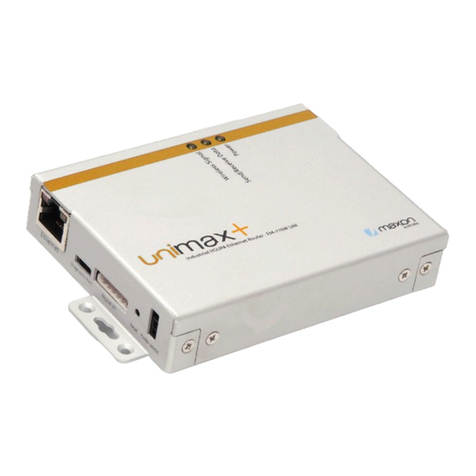4.11 ESM ...................................................................................... 20
4.12 RIP (Routing Information Protocol) ..................................... 20
4.13 VRRP (Virtual Router Redundancy Protocol) ........................ 21
5. WEB INTERFACE............................................................................ 22
5.1 Configuration Page Descriptions.............................................. 23
5.1.1 Status...................................................................................23
5.1.2 LAN .....................................................................................24
5.1.3 WAN....................................................................................25
5.1.4 Password ..............................................................................28
5.1.5 Log Out................................................................................28
5.2 Configuration Page Descriptions – Advanced........................... 29
5.2.1 Dynamic DNS ........................................................................29
5.2.2 DMZ ....................................................................................30
5.2.3 Port Forwarding......................................................................31
5.2.4 IP Filtering .............................................................................32
5.2.5 MAC Filtering.........................................................................34
5.2.6 VPN.....................................................................................35
5.2.7 Digital I/O Control ..................................................................36
5.2.8 Ping Tool...............................................................................38
5.2.9 SNMP ...................................................................................39
5.2.10 Routing ................................................................................40
5.2.11 VRRP ...................................................................................41
5.3 Configuration Page Descriptions – Administrator .................... 42
5.3.1 AT .......................................................................................42
5.3.2 Backup (Save/Reload) ............................................................42
5.3.3 System Logs ..........................................................................43
5.3.4 Time Zone .............................................................................45
5.3.5 System .................................................................................46
5.3.6 Upgrade Firmware..................................................................47
5.3.7 Save & Reboot ......................................................................48
6. OPERATION................................................................................... 49
6.1 Modem Router Mode ................................................................ 49
6.1.1 Setting Host PC’s Network Environment .......................................49
6.2 Bridge Mode............................................................................. 51
APPENDIX ................................................................................................ 56
Digital Input/Output ................................................................................ 56




























